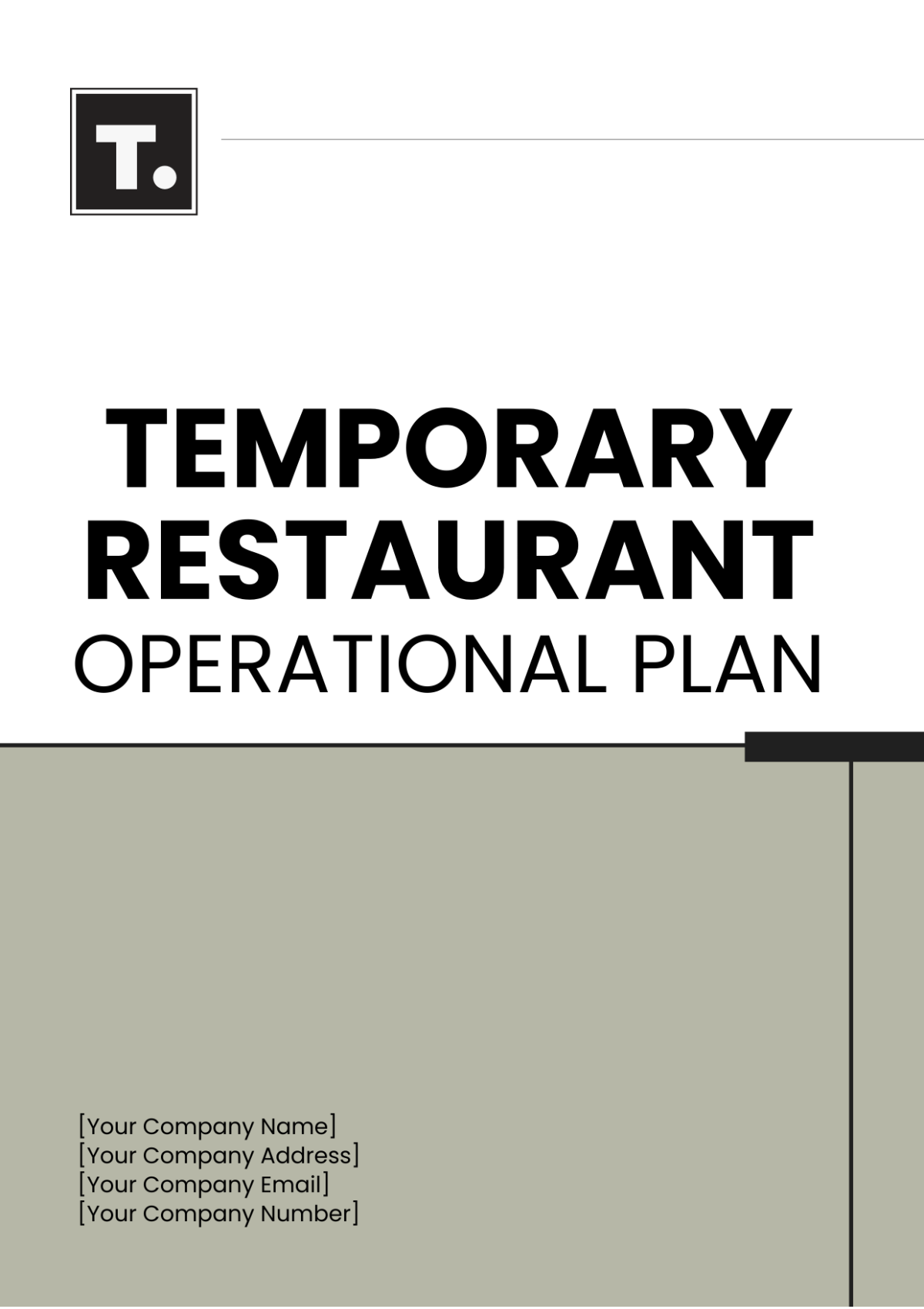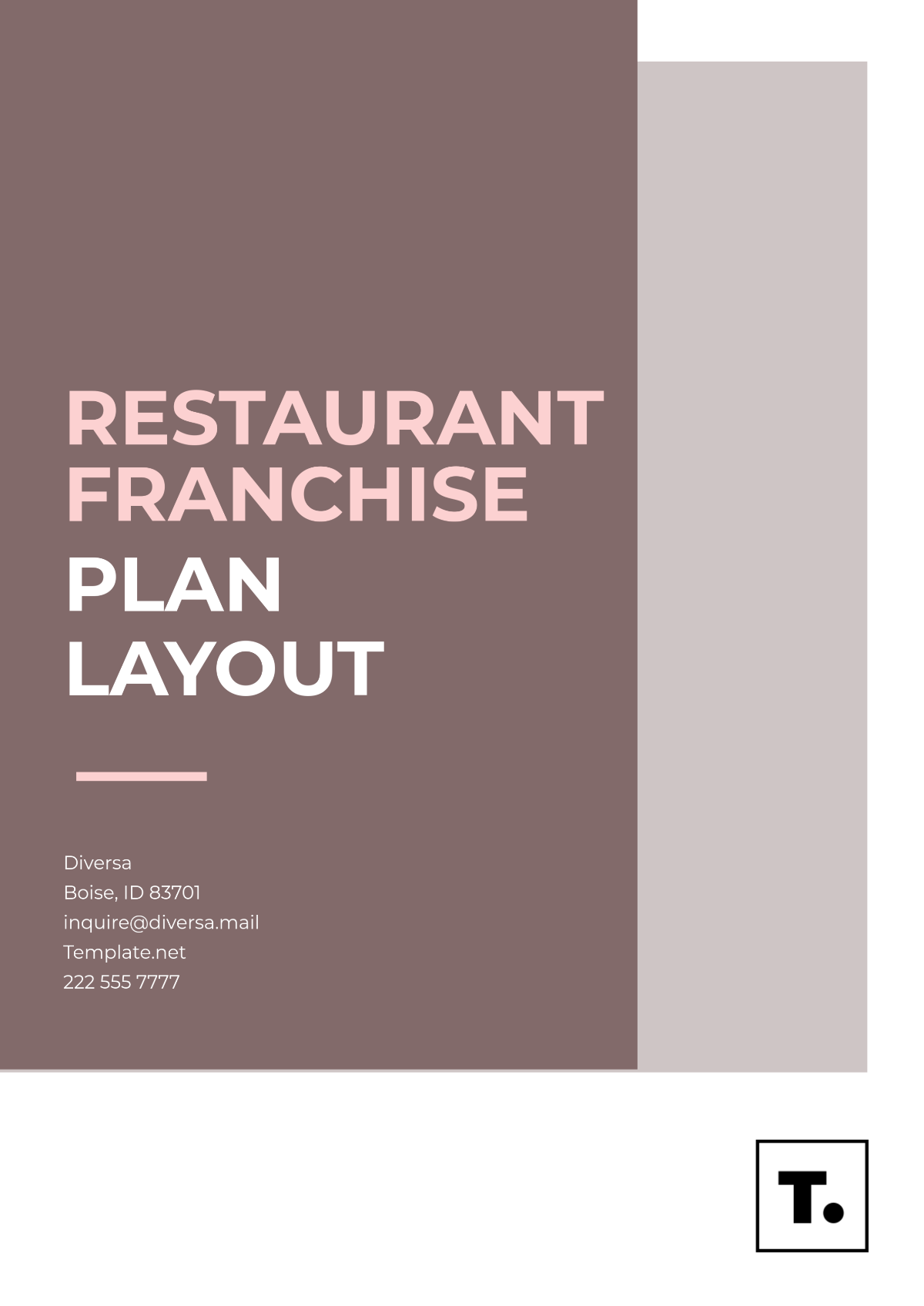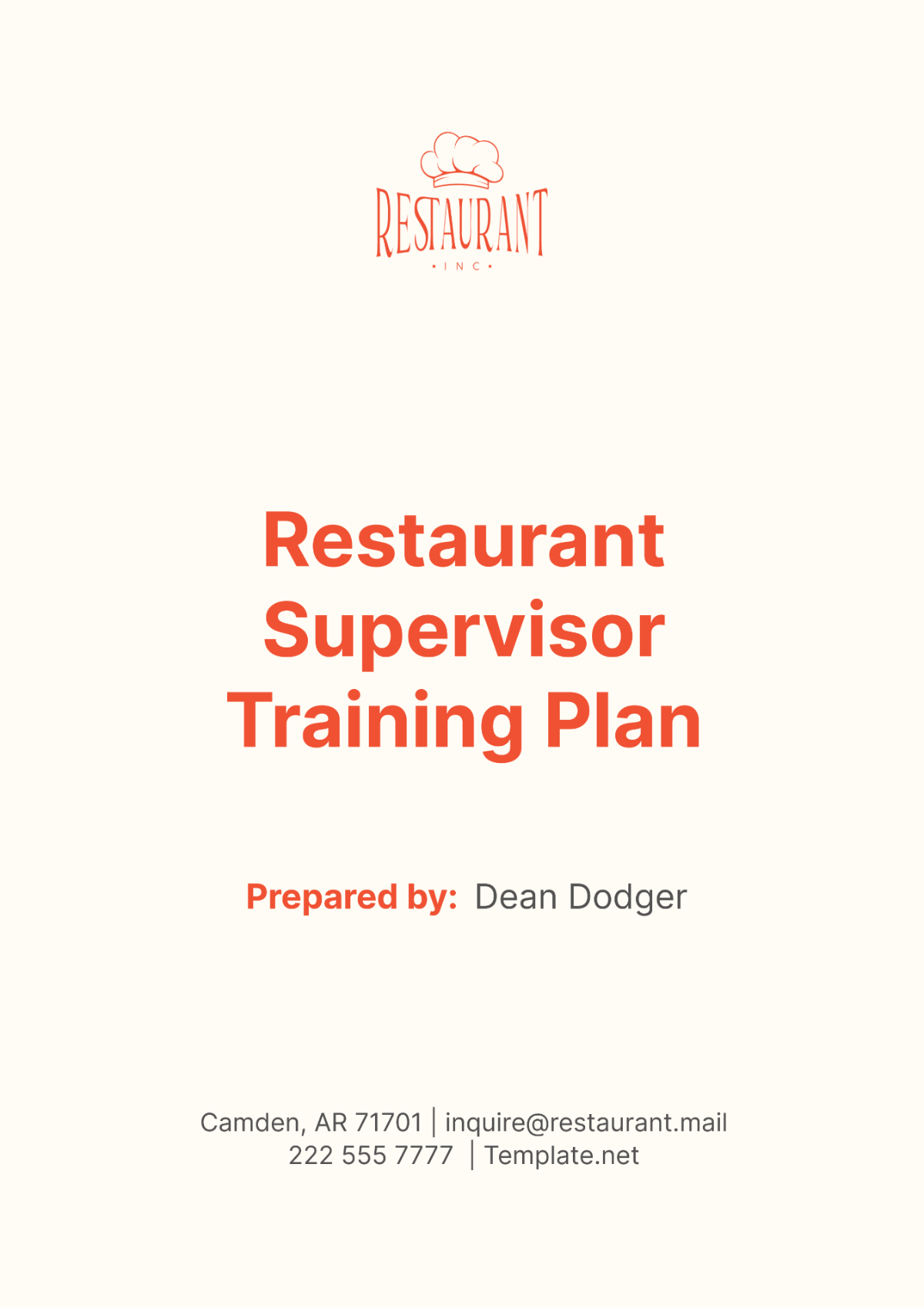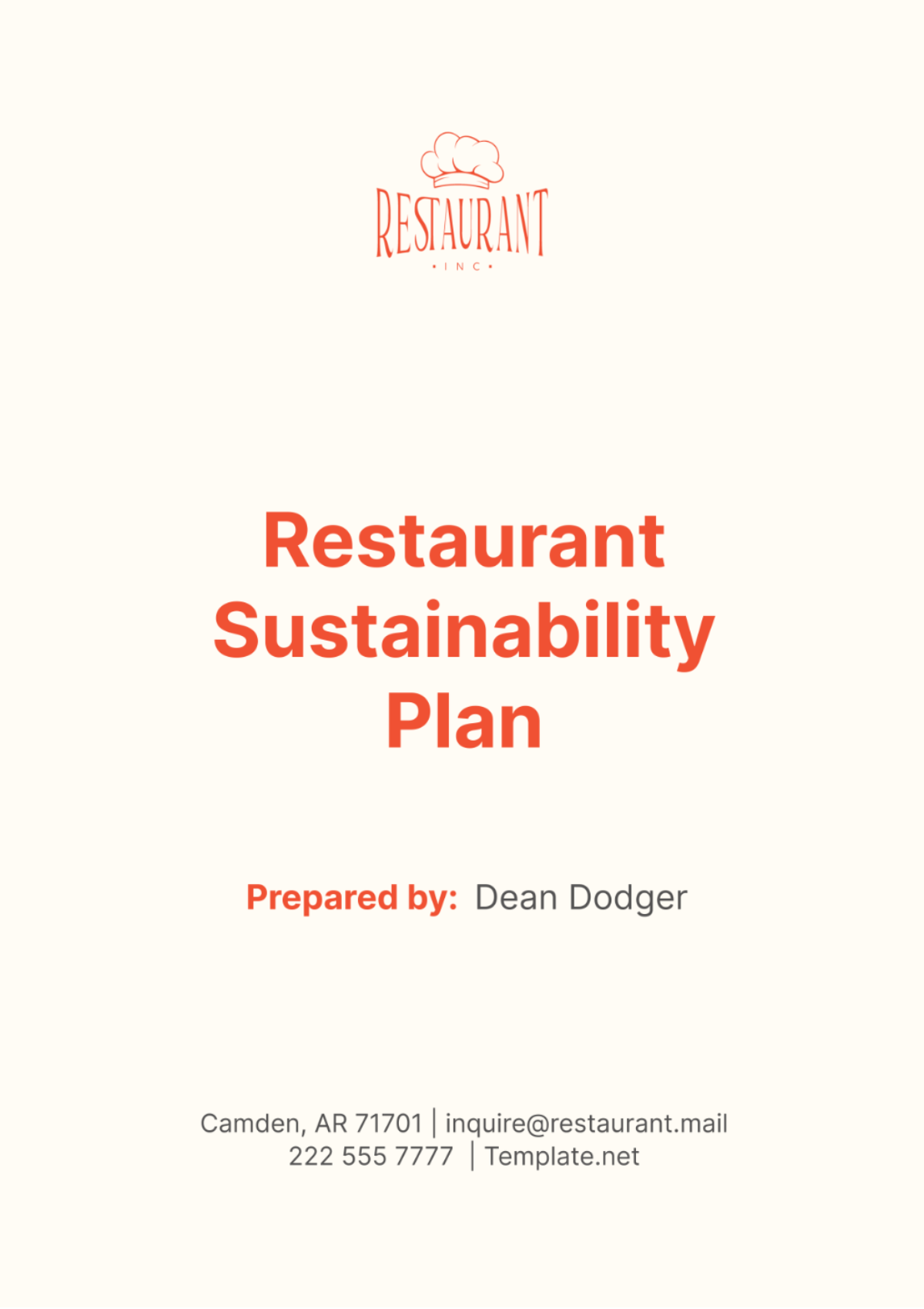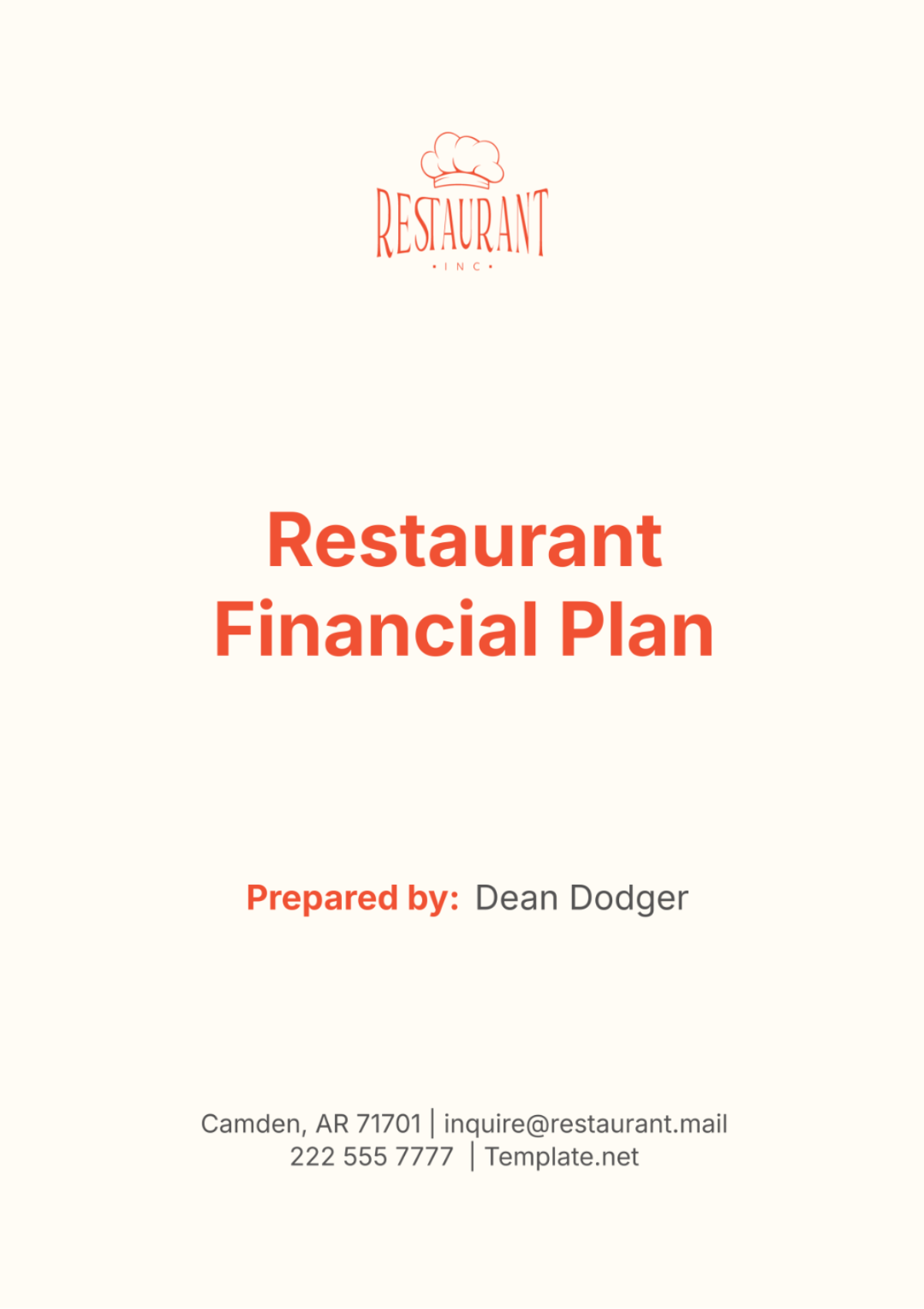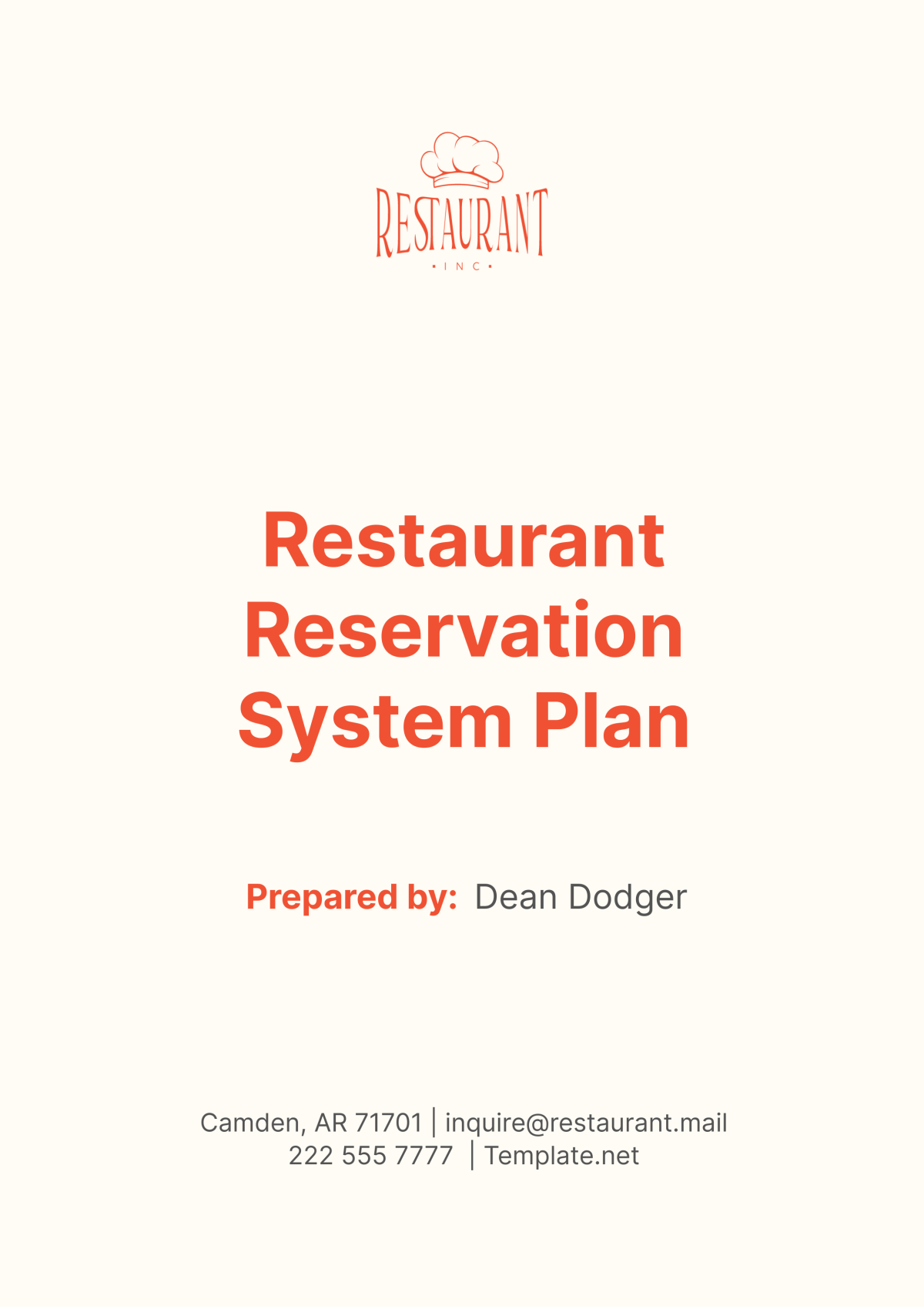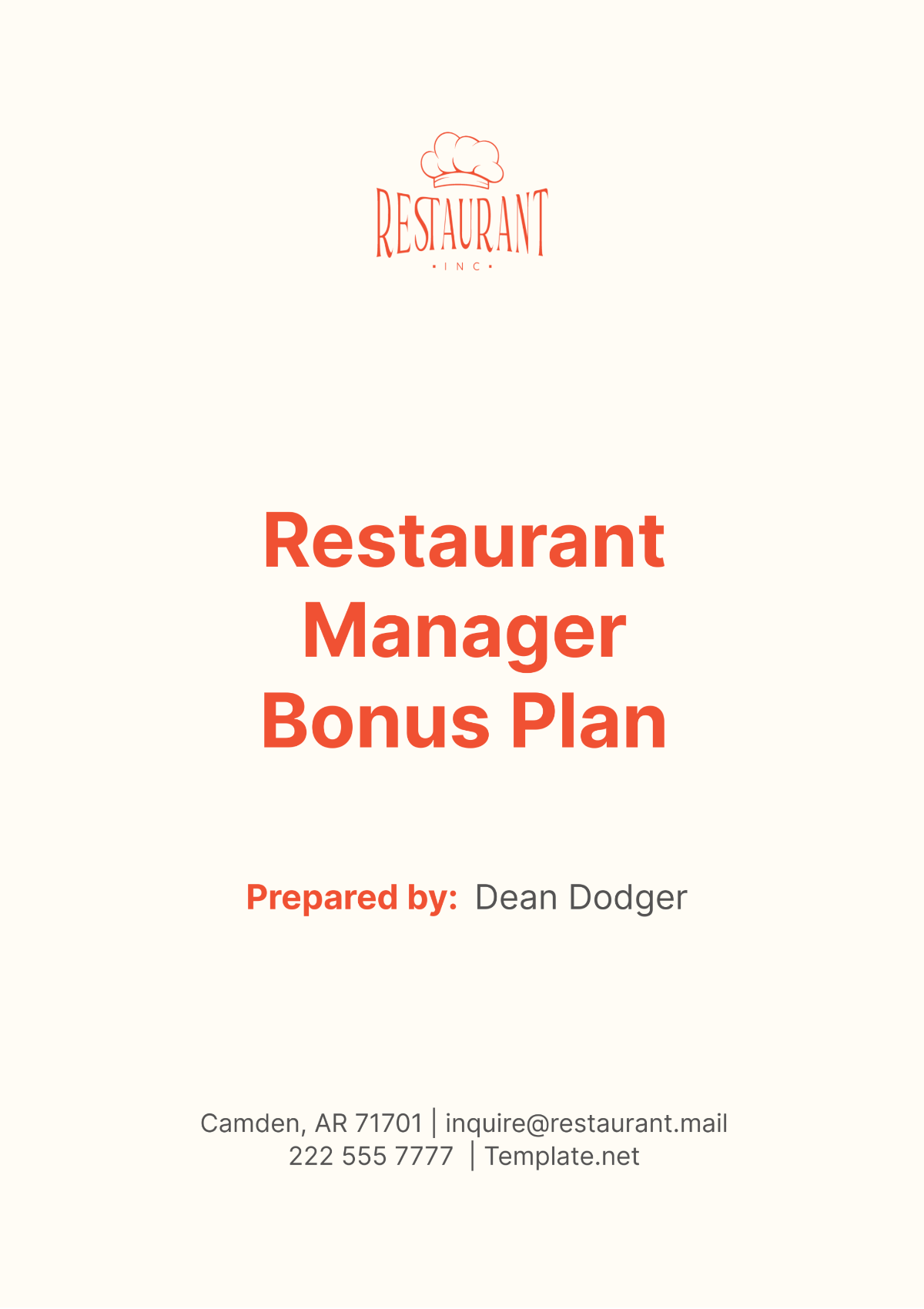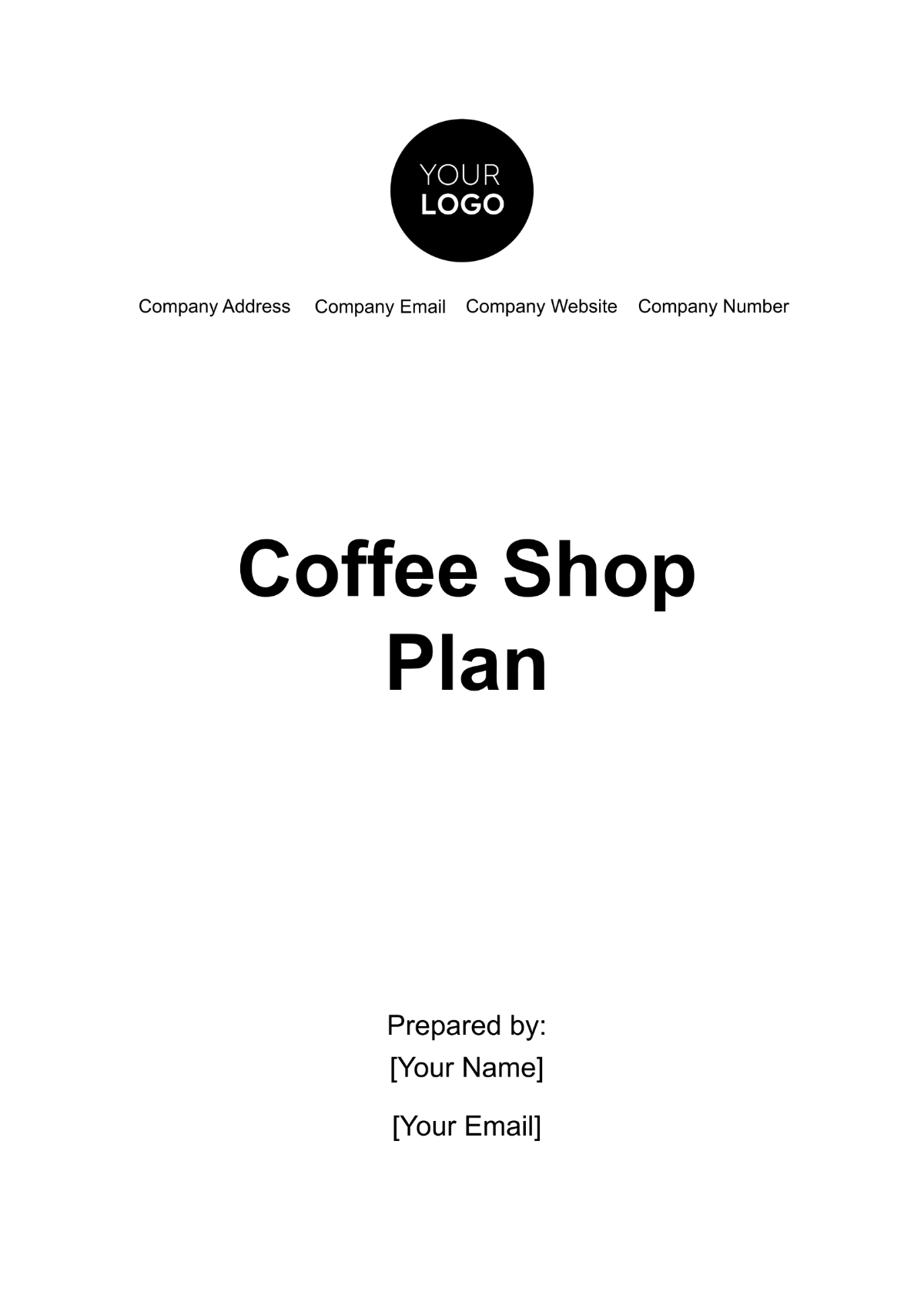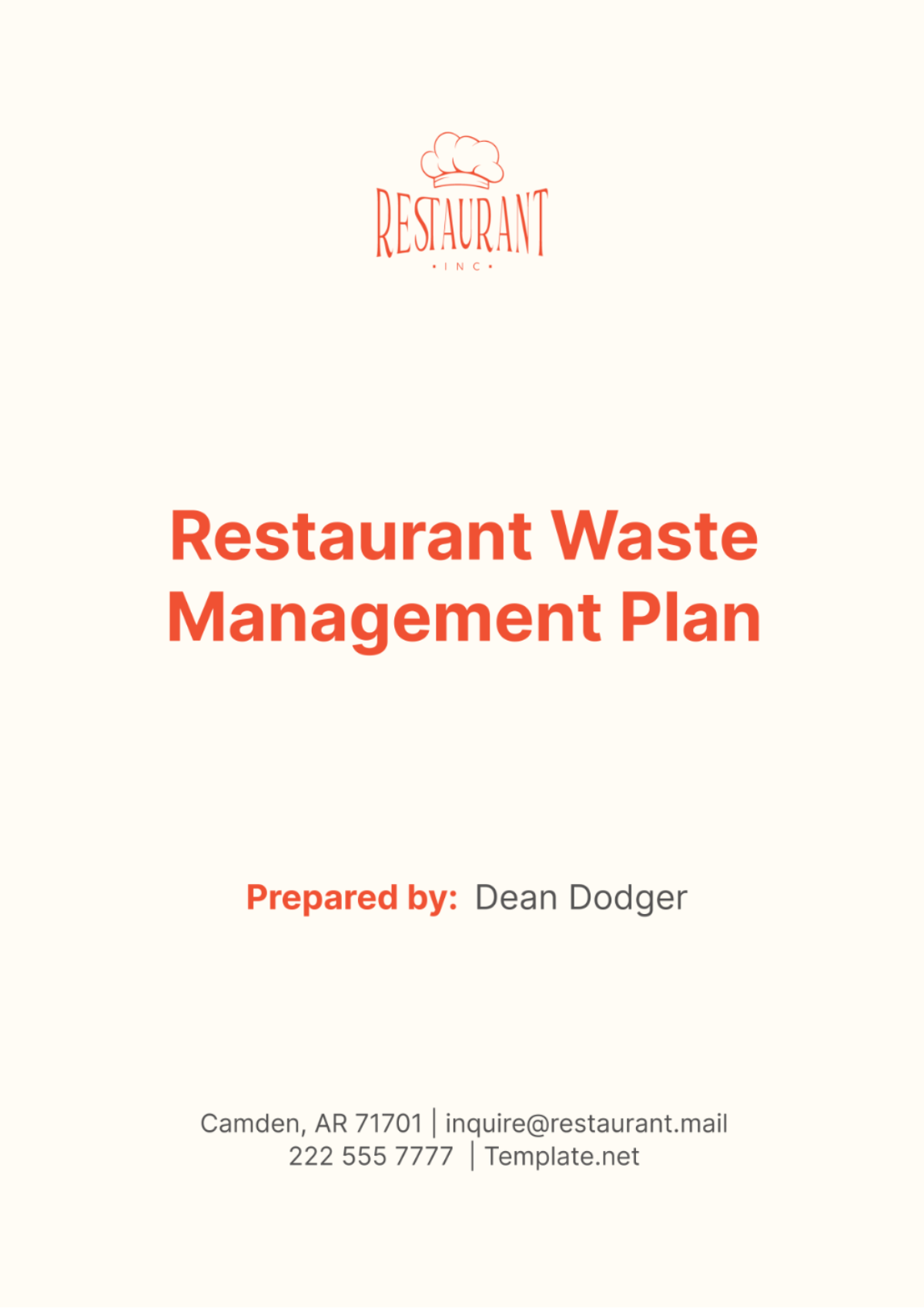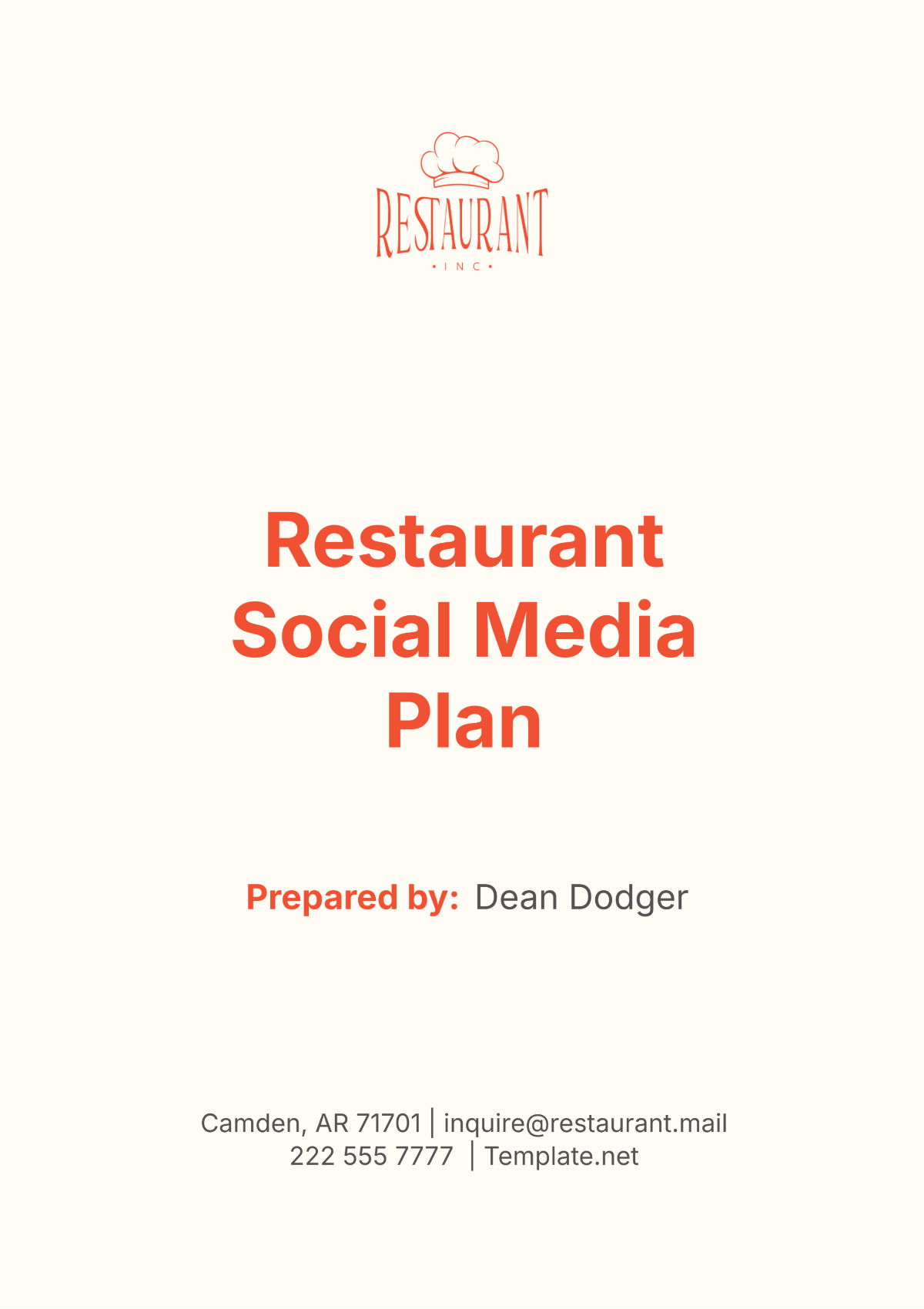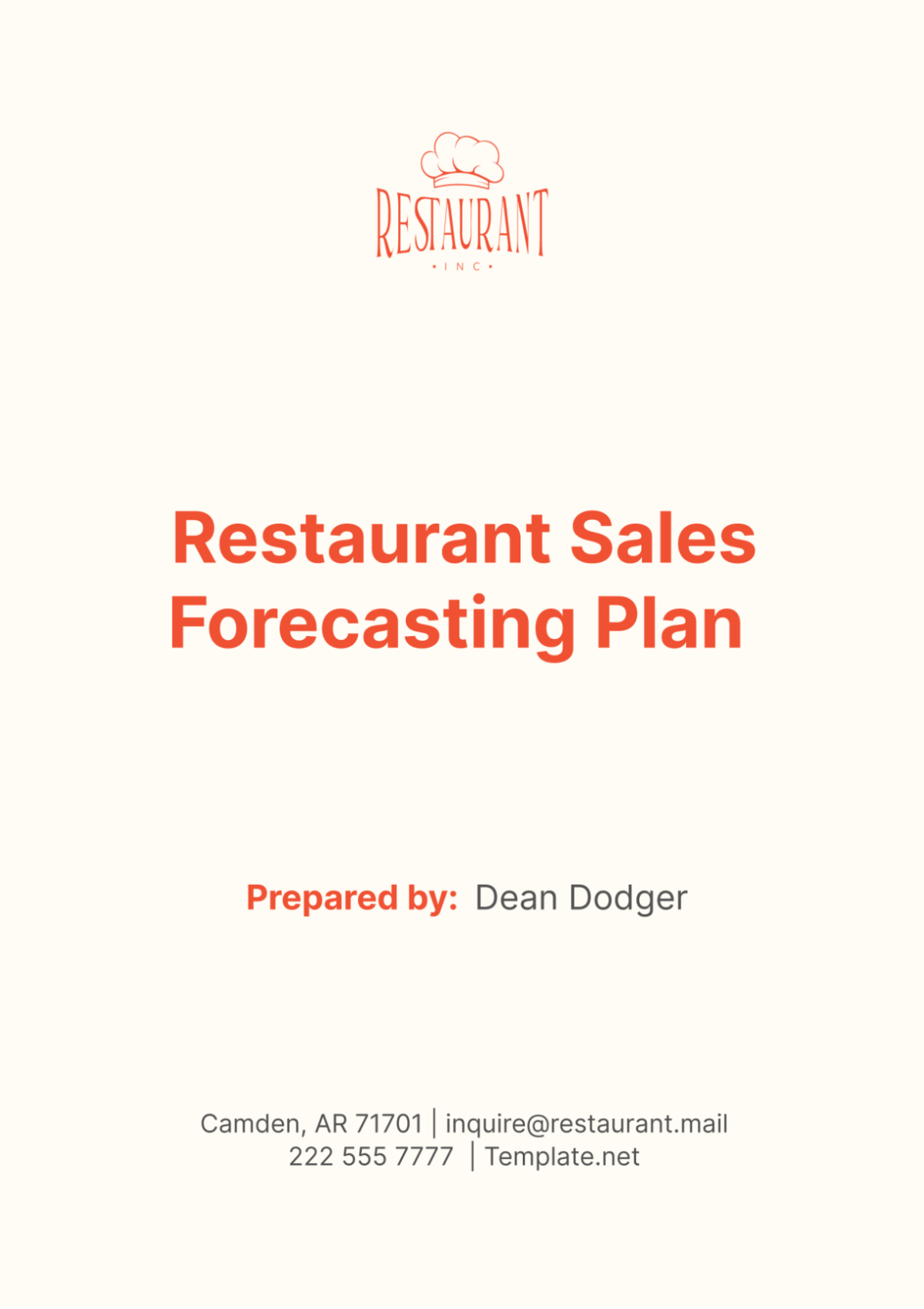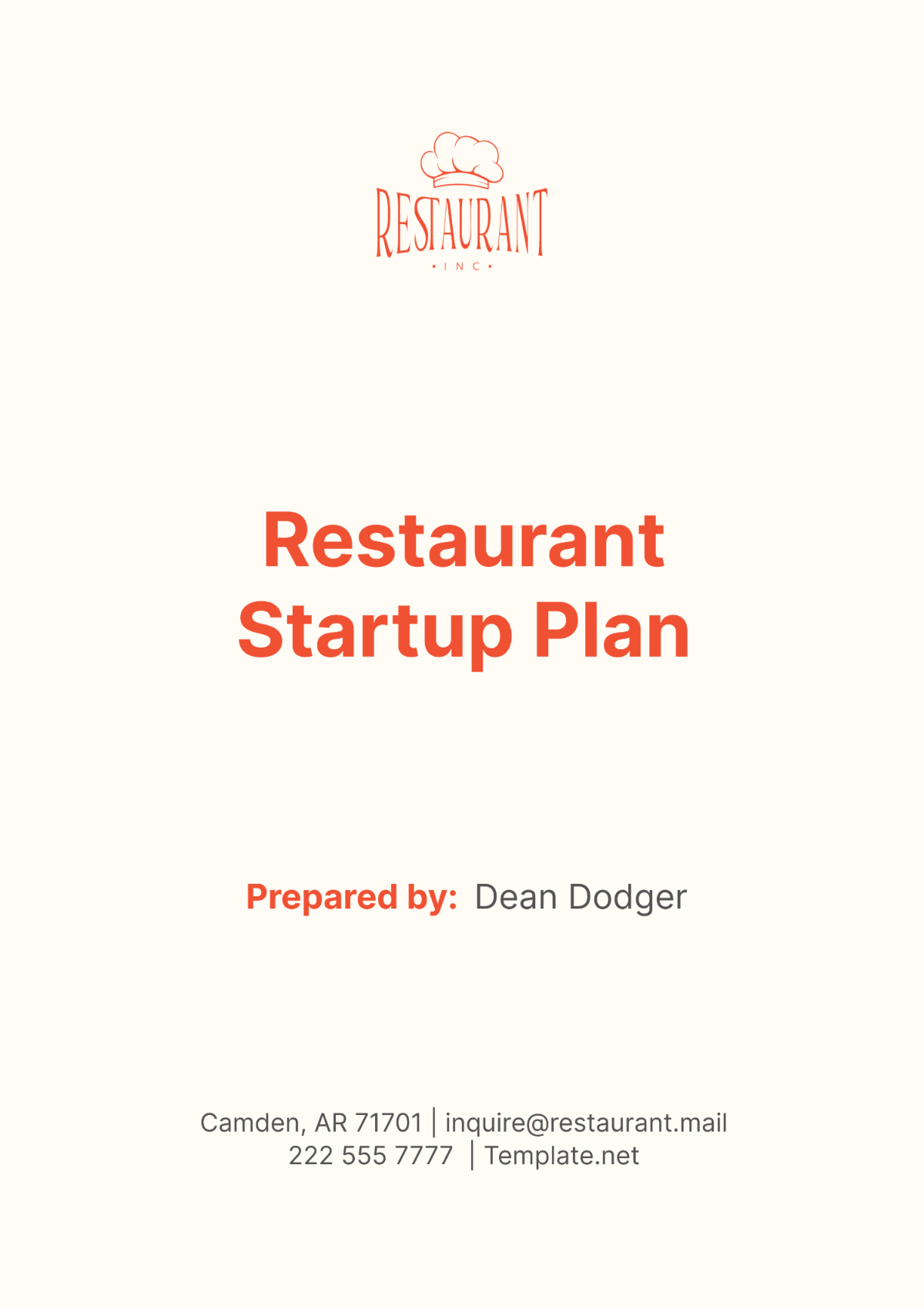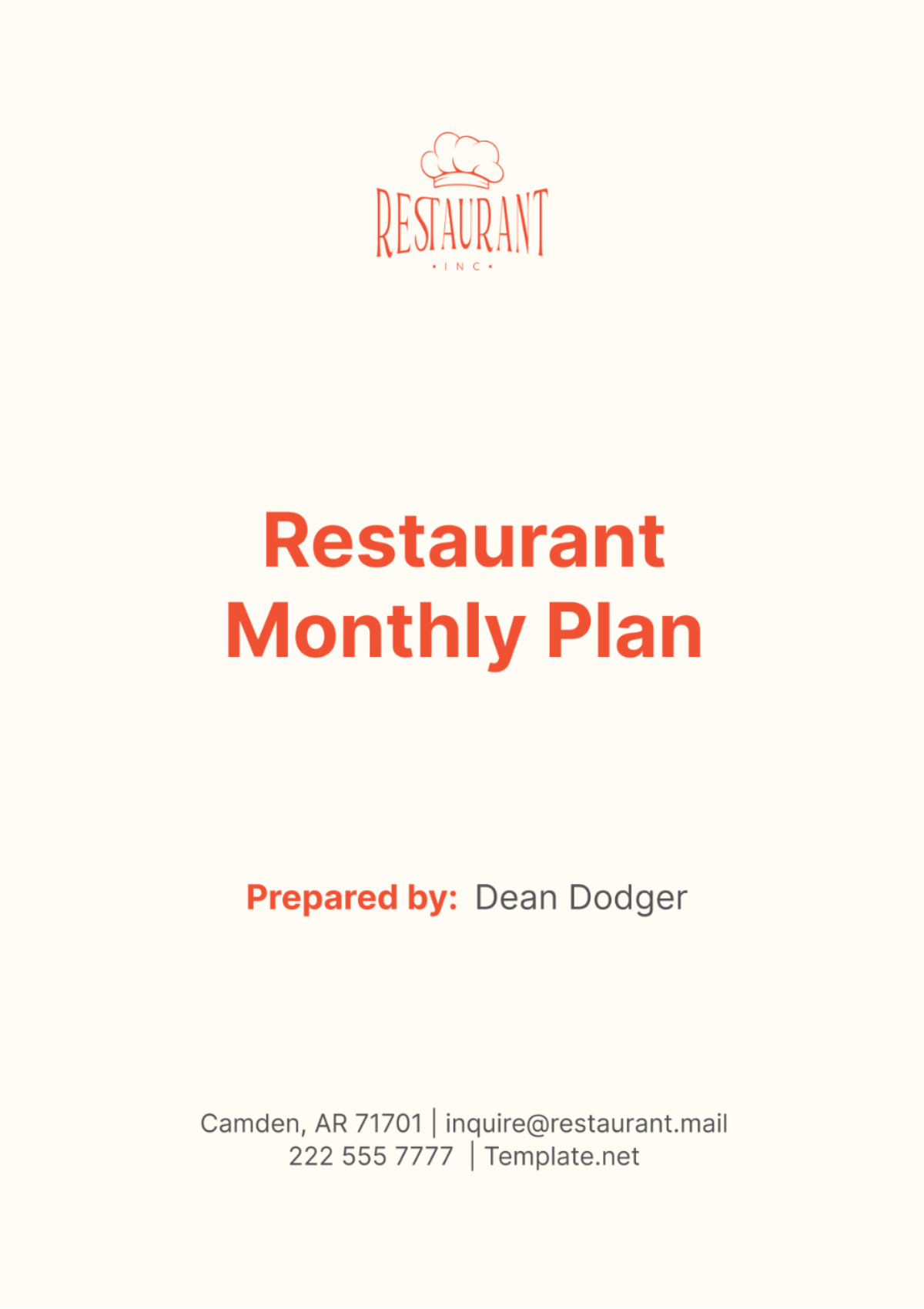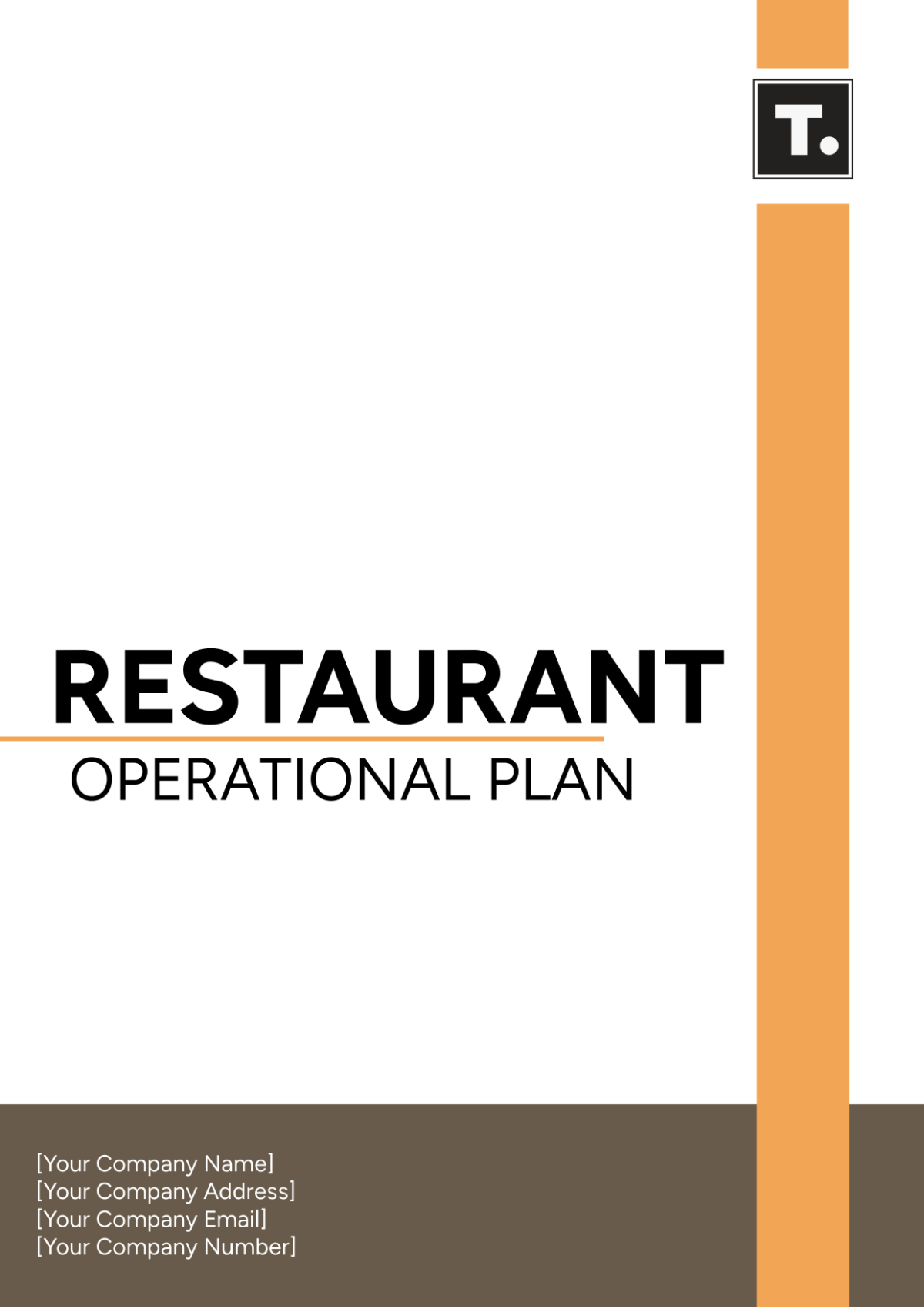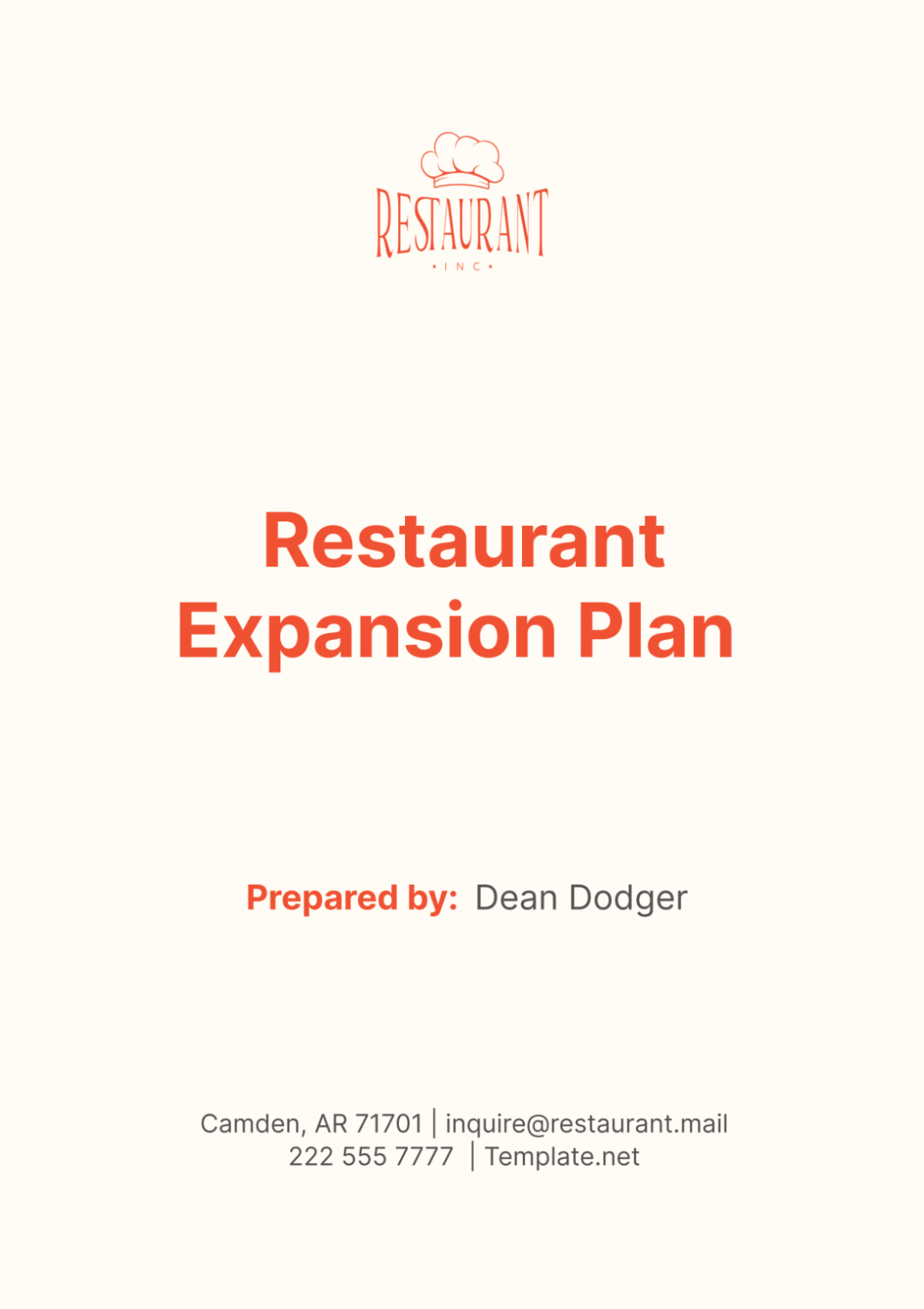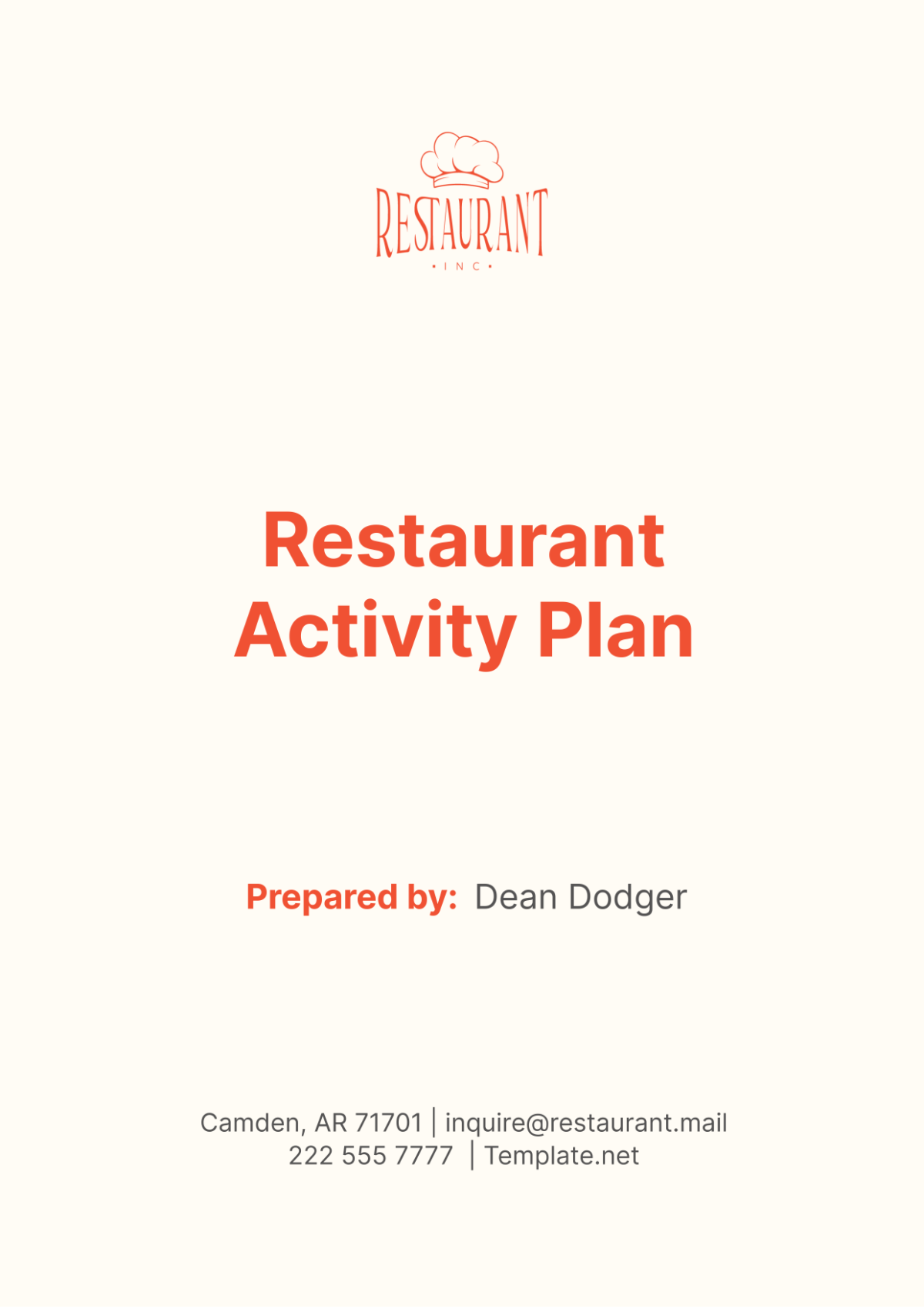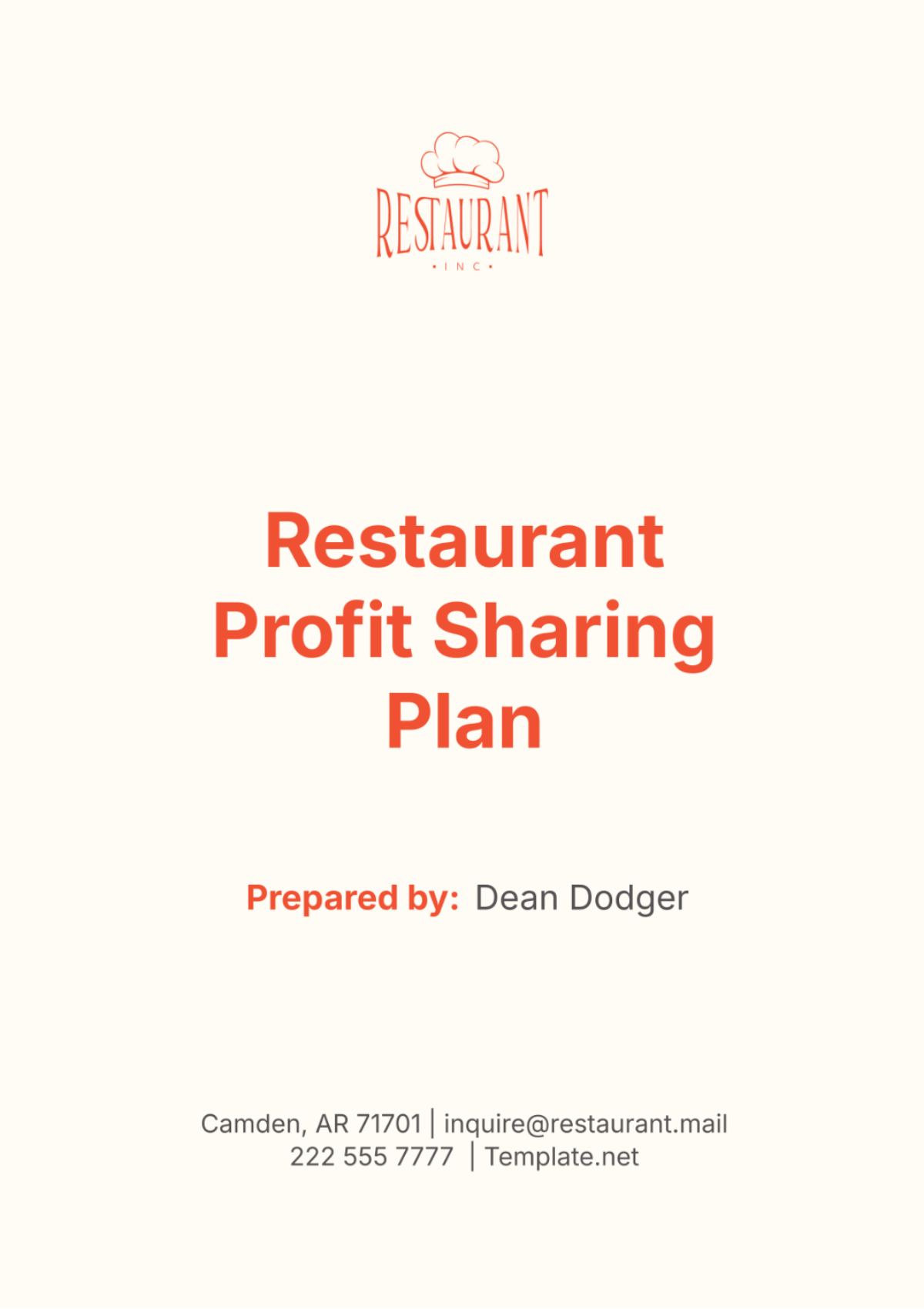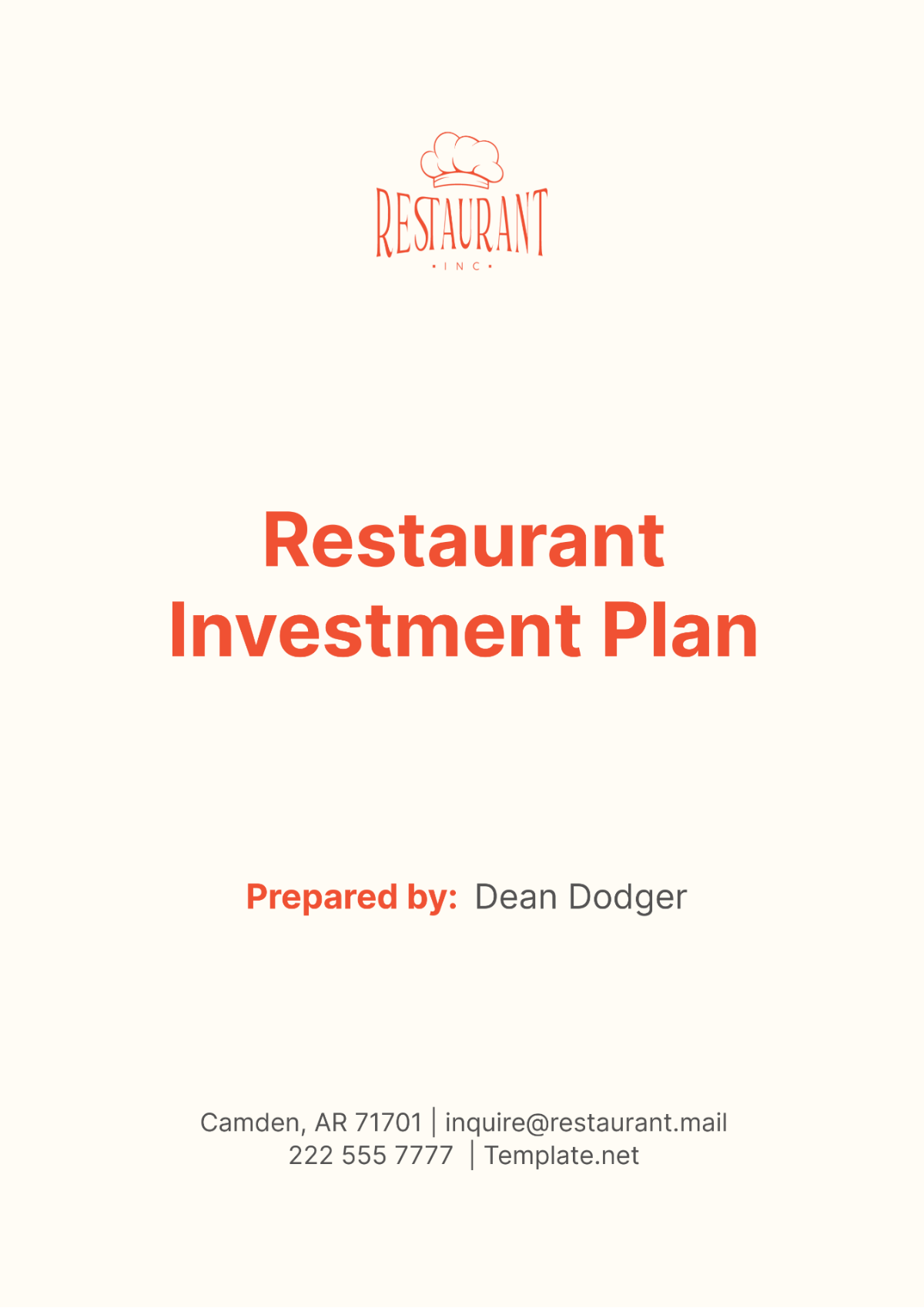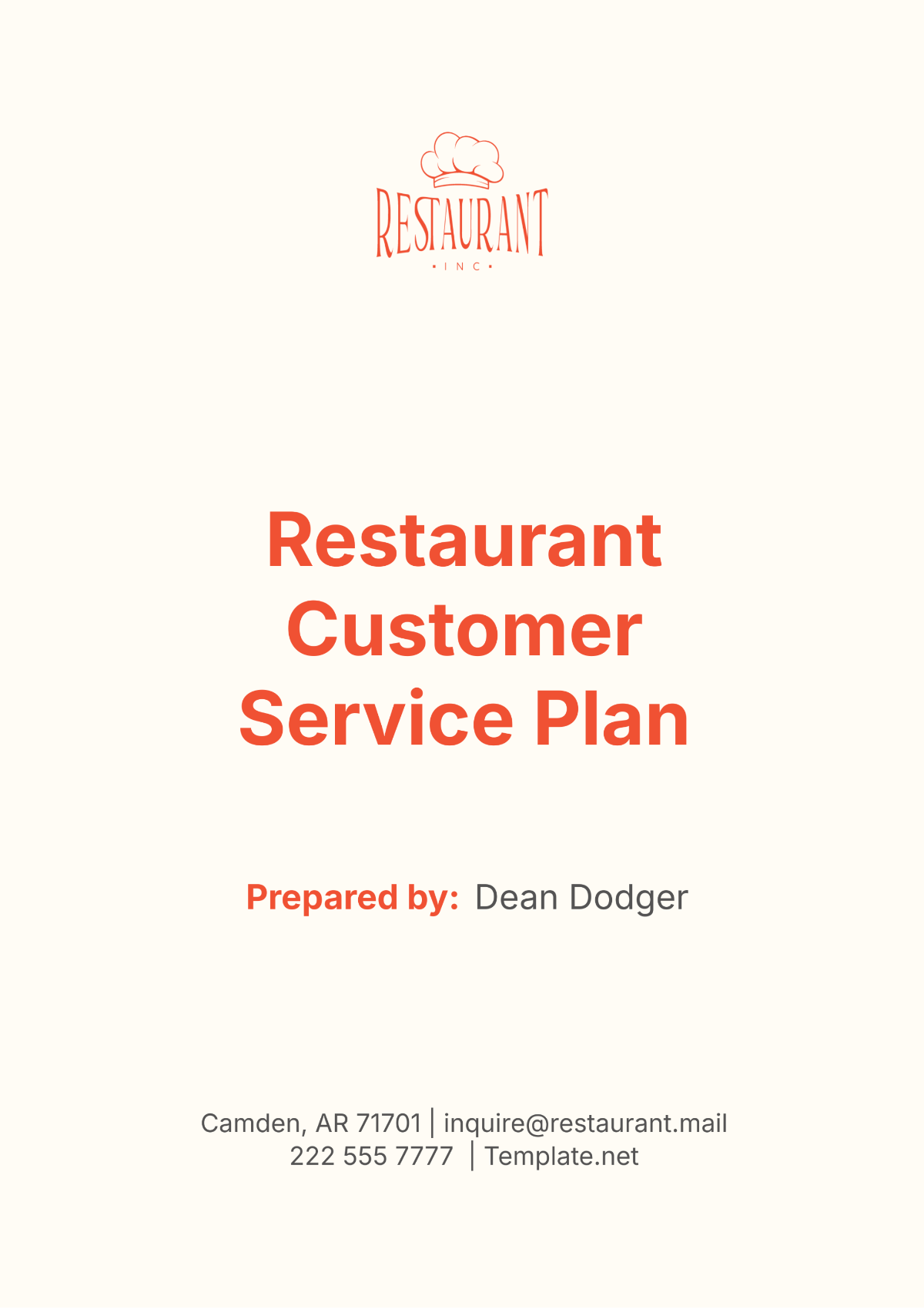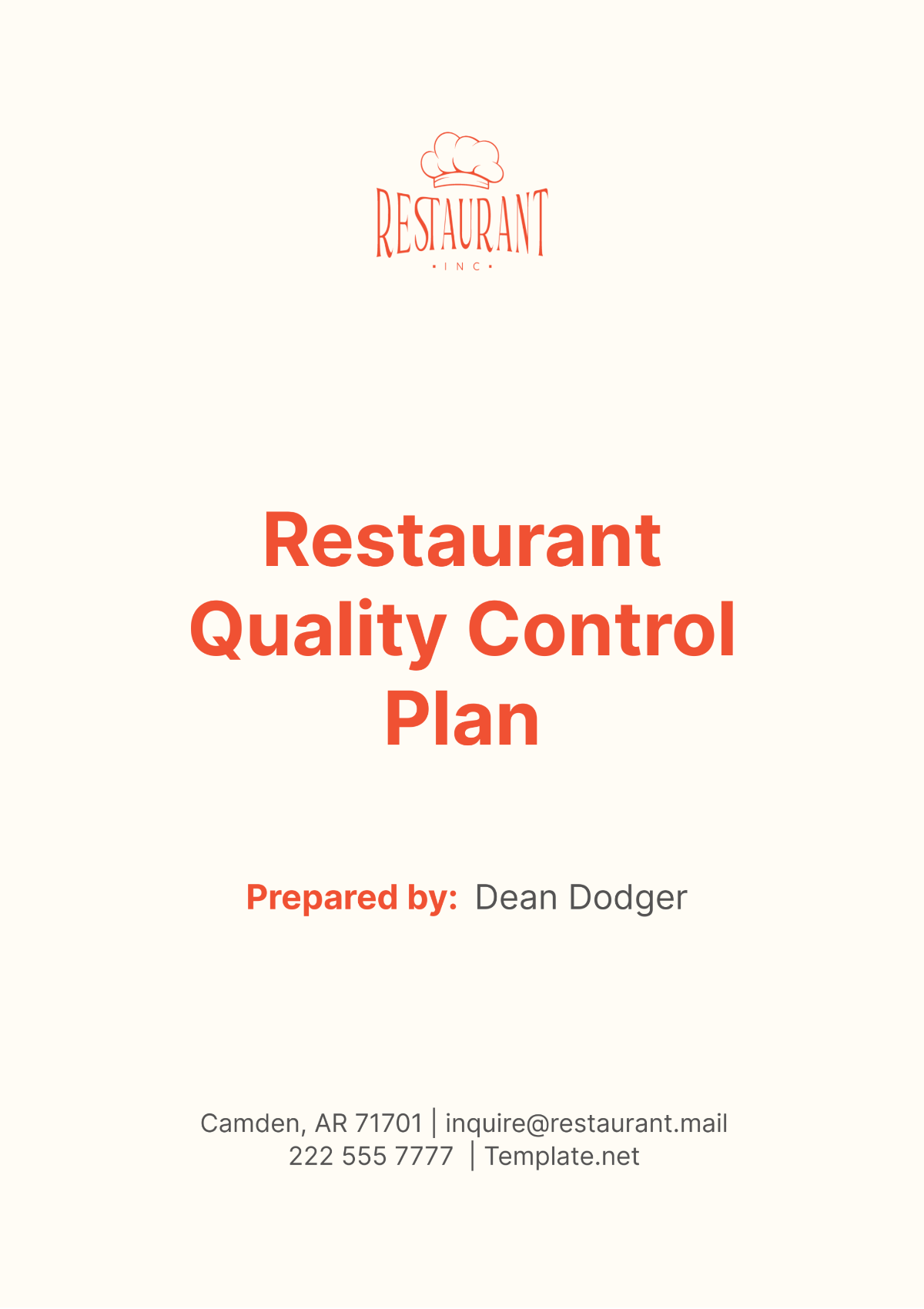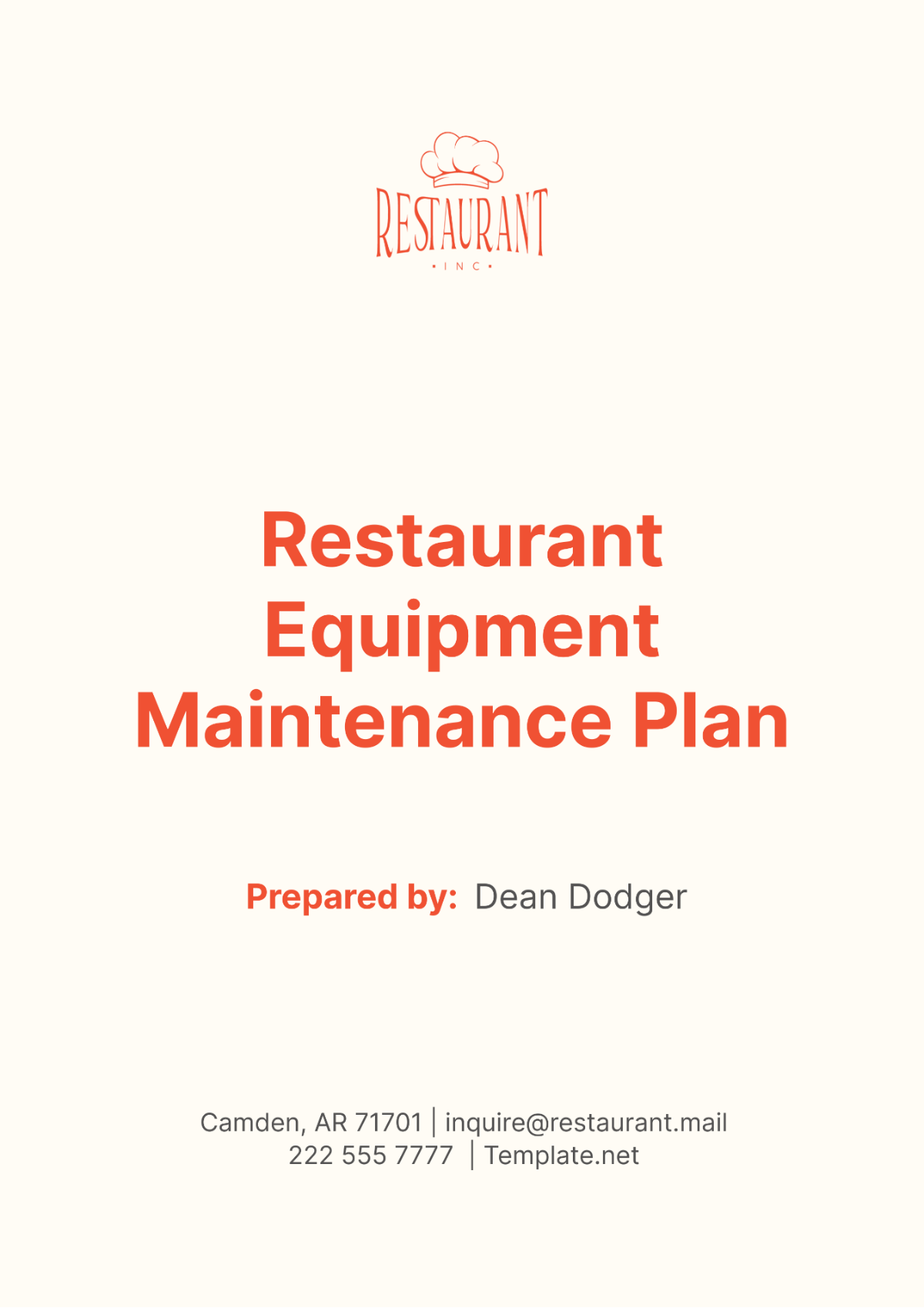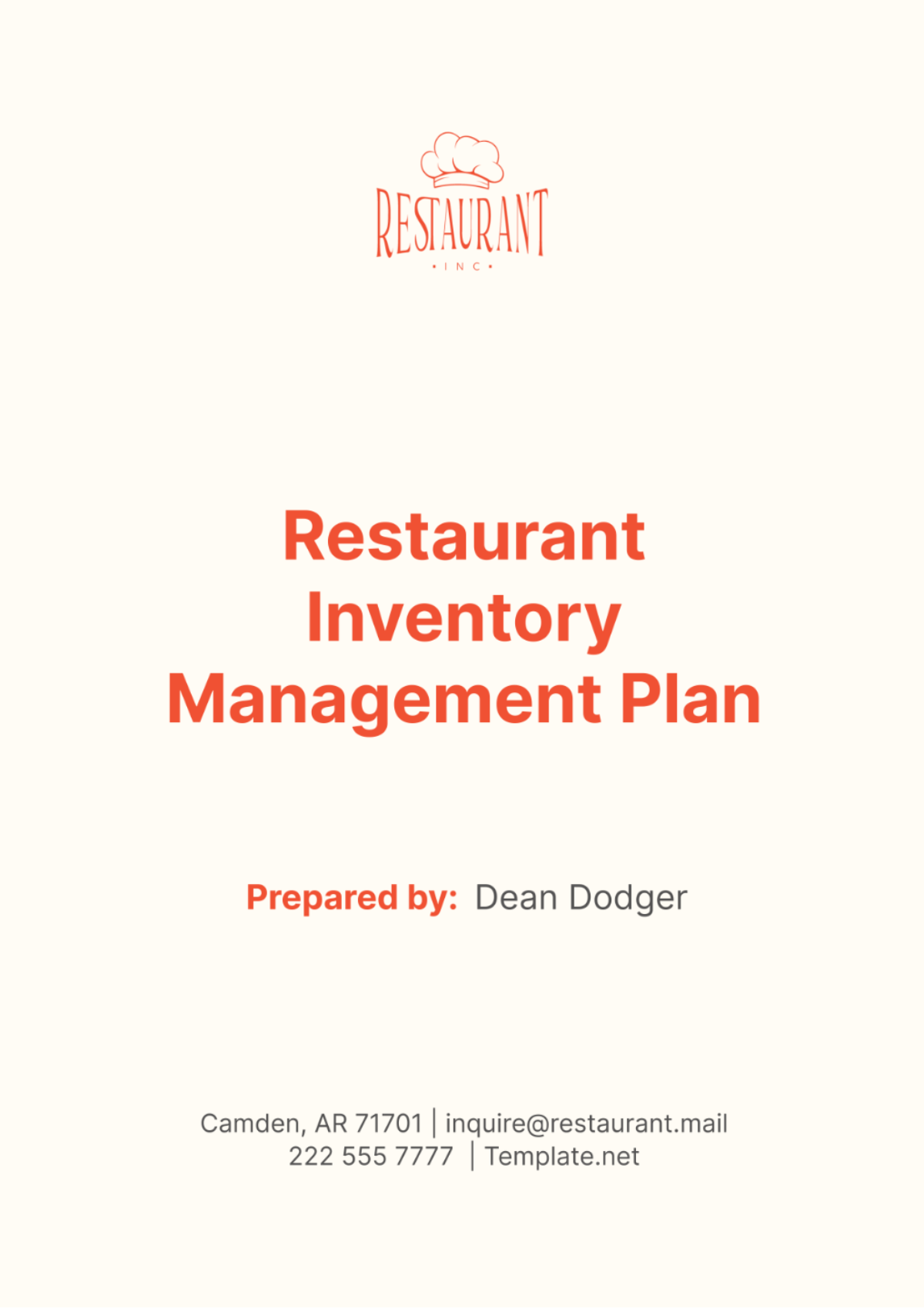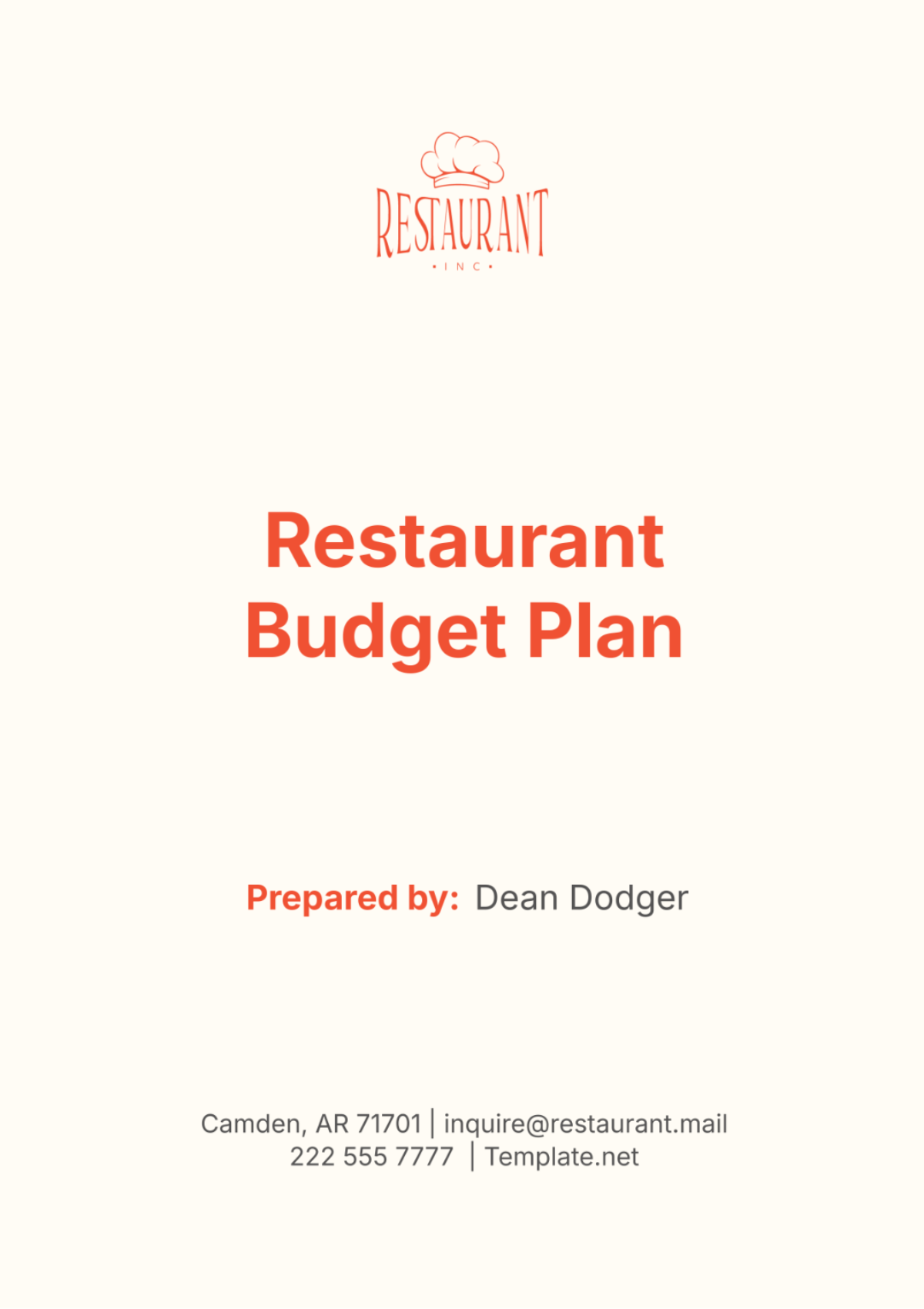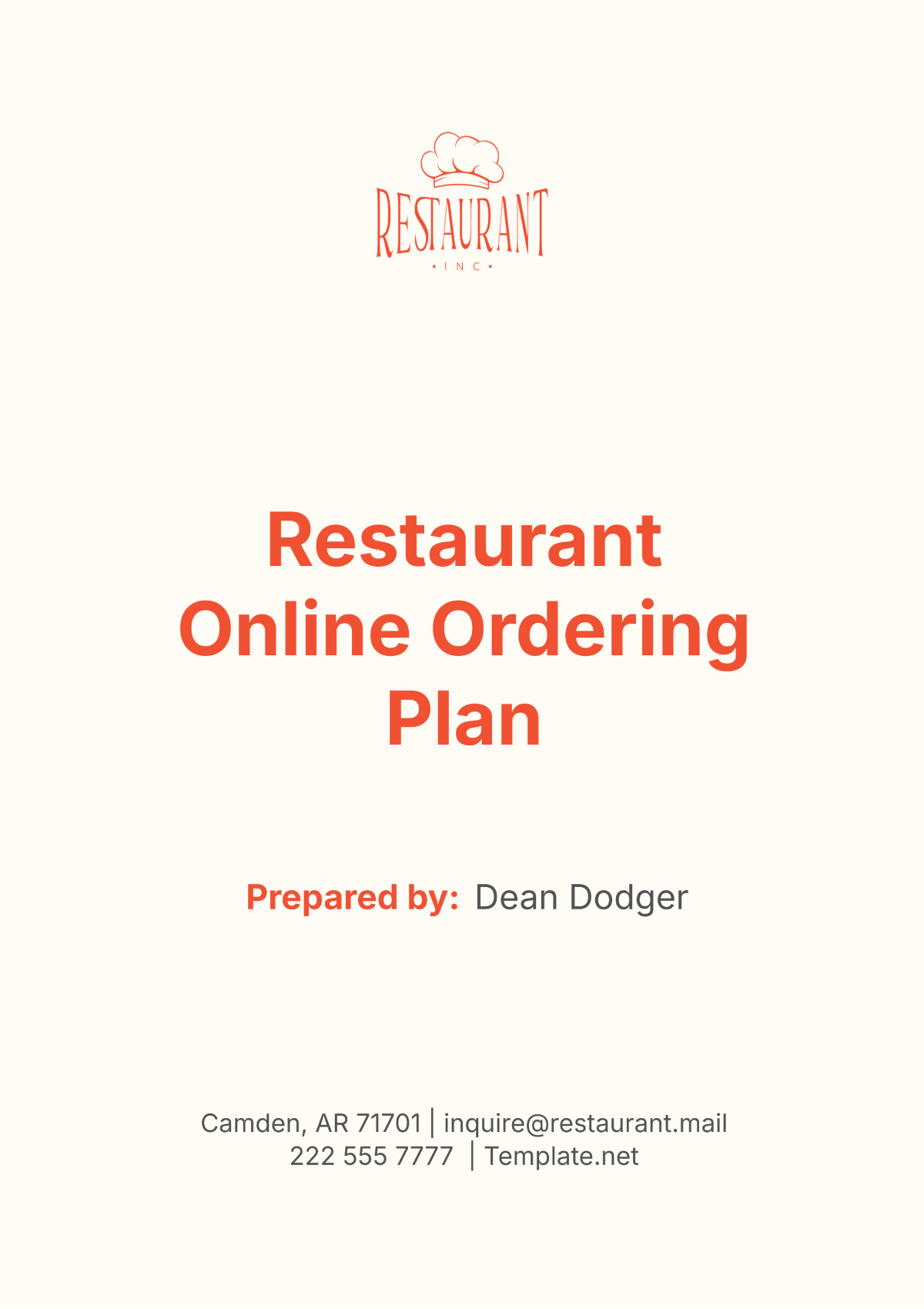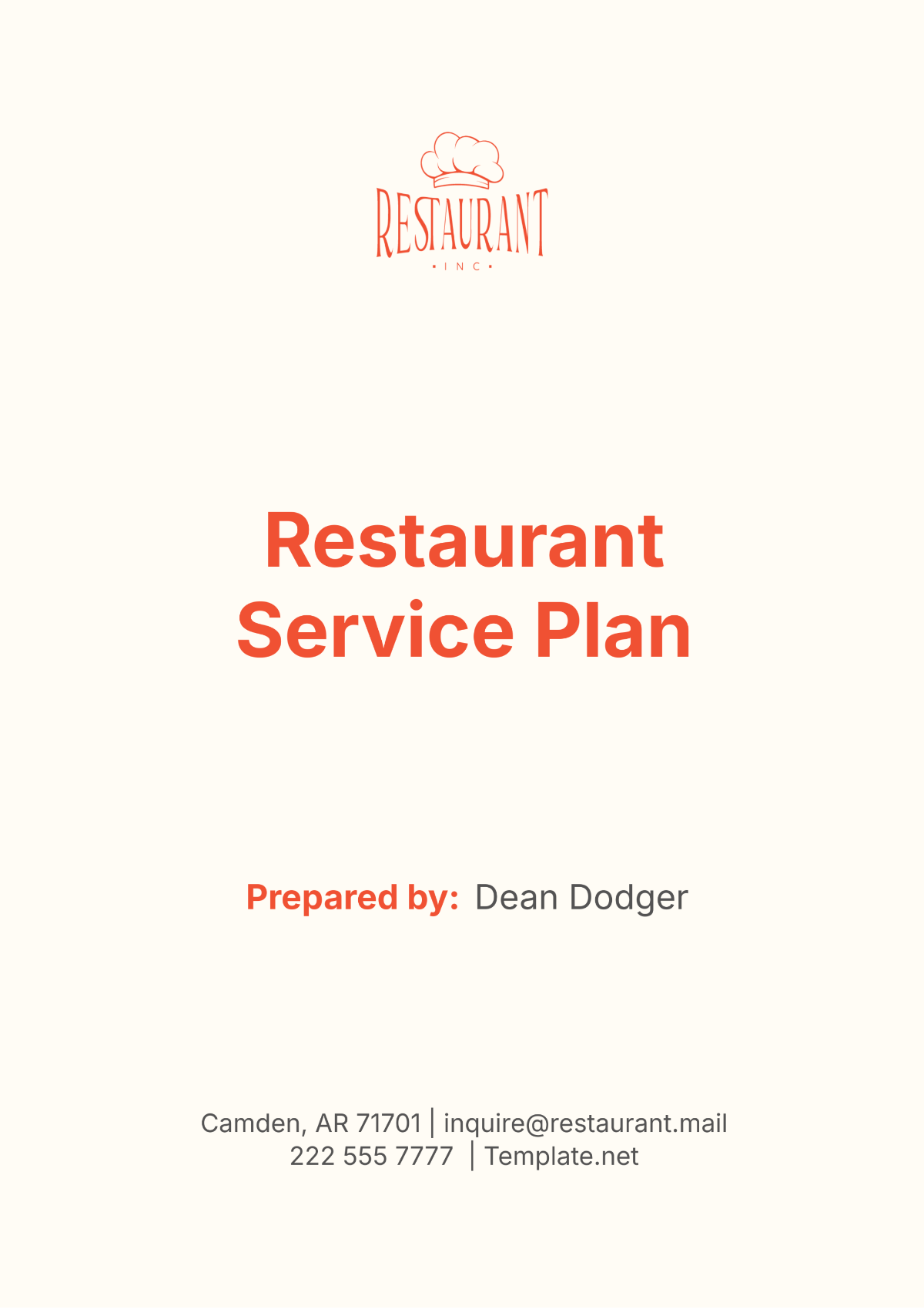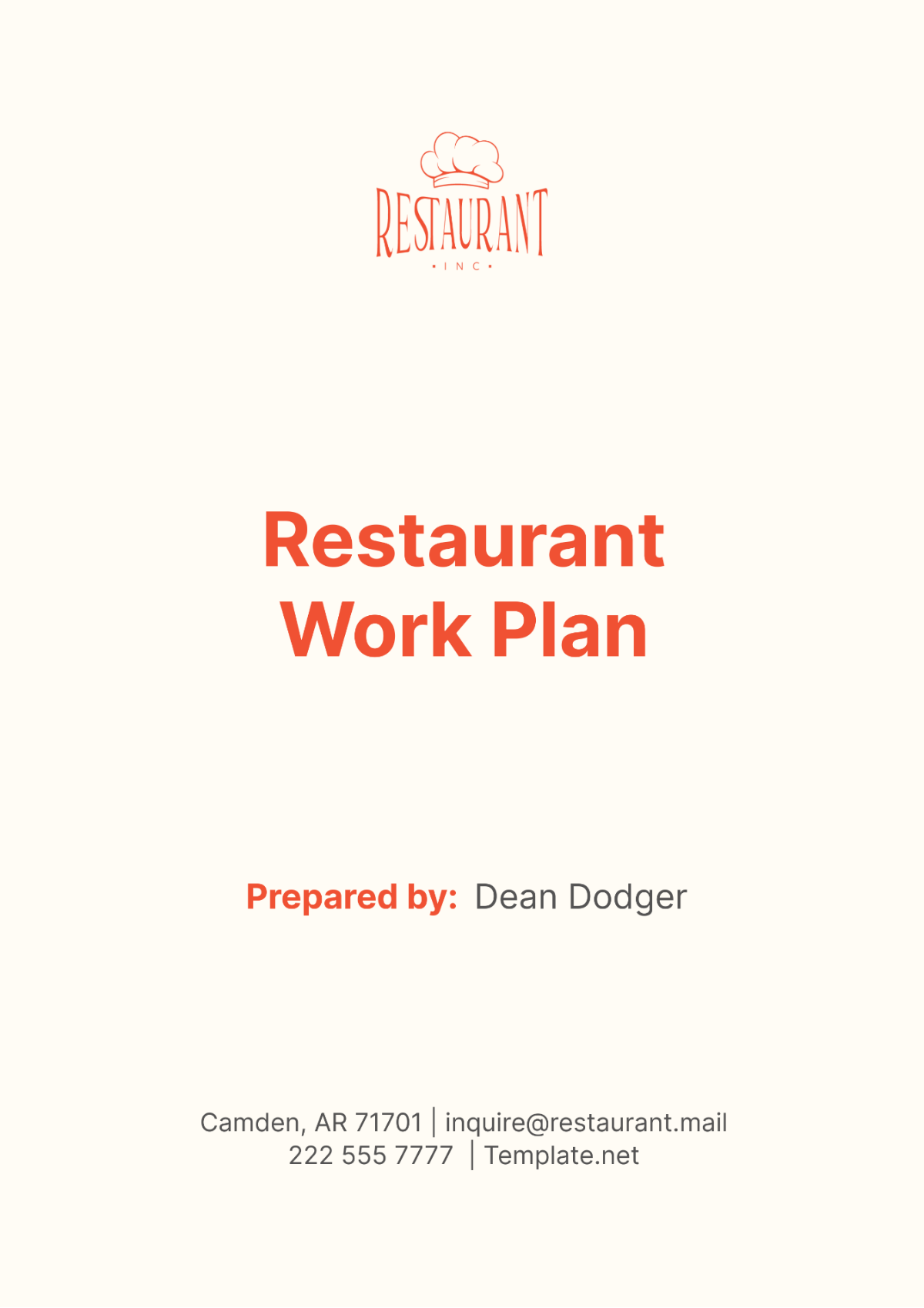Free Temporary Restaurant Operational Plan Star this template Unstar this template Share to Social Media
Free Edit this free template No sign up needed
100% Customizable, free editor Access 1 Million+ Templates, photo’s & graphics Download or share as a template Click and replace photos, graphics, text, backgrounds Resize, crop, AI write & more Access advanced editor Introducing the Temporary Restaurant Operational Plan Template, meticulously crafted by Template.net for detailed planning and management of pop-up and temporary restaurant operations. This customizable document empowers restaurateurs to outline their operational goals, menu planning, staffing requirements, health and safety protocols, and resource allocations. With editable features and a user-friendly layout, it facilitates tailored operational planning to meet specific event objectives and regulatory standards. Streamline your temporary restaurant setup process and gain valuable insights into optimizing workflows, ensuring food quality, and managing resources efficiently. Elevate your pop-up restaurant’s success with this versatile template, your essential tool for delivering outstanding culinary experiences in temporary settings.
You may also like
Temporary Restaurant Operational Plan I. Introduction Welcome to the Temporary Restaurant Operational Plan. This plan outlines the procedures and protocols for running our restaurant on a temporary basis. Whether it's a pop-up event, seasonal dining experience, or catering for special occasions, this plan ensures smooth operations and exceptional service.
II. Staffing Plan A. Roles and Responsibilities
B. Hiring and Training Conduct interviews to hire temporary staff members with relevant experience.
Provide training on restaurant policies, procedures, and customer service standards.
C. Scheduling III. Food Preparation and Handling A. Sourcing Ingredients Partner with local suppliers to procure fresh, high-quality ingredients.
Verify the quality and freshness of all food items upon delivery.
B. Food Safety Standards Implement HACCP principles to prevent foodborne illnesses.
Train staff on proper food handling, storage, and temperature control.
C. Menu Development Create a diverse menu featuring seasonal ingredients and culinary specialties.
Offer options for dietary restrictions and preferences, such as vegetarian or gluten-free dishes.
IV. Health and Safety Protocols A. Sanitation Practices Establish a cleaning schedule for all areas of the restaurant, including kitchens, dining areas, and restrooms.
Provide hand sanitizing stations for staff and customers.
B. Emergency Procedures Develop protocols for responding to emergencies, such as fires, medical incidents, or security threats.
Conduct regular drills to ensure staff are prepared to handle emergencies effectively.
V. Customer Service Standards A. Service Excellence Train staff to greet customers warmly, answer questions, and address concerns promptly.
Encourage a friendly and welcoming atmosphere to enhance the dining experience.
B. Customer Feedback VI. Logistics and Equipment A. Equipment Requirements
B. Supply Chain Management VII. Marketing and Promotion A. Promotional Strategies
B. Branding and Identity VIII. Financial Plan A. Budgeting Estimate expenses for staffing, ingredients, equipment rental, marketing, and other operational costs.
Set pricing strategies to ensure profitability while remaining competitive in the market.
B. Revenue Projections Forecast sales based on expected foot traffic, average spending per customer, and event attendance.
Monitor sales performance and adjust strategies as needed to achieve revenue targets.
C. Financial Controls Implement systems for tracking expenses, monitoring cash flow, and reconciling accounts.
Review financial reports regularly to assess performance and identify opportunities for improvement.
Financial Projections Table Item
Estimated Cost ($)
Actual Cost ($)
Staffing
$5,000
$4,800
Ingredients
$3,000
$2,500
Equipment Rental
$1,500
$1,200
Marketing and Promotion
$1,200
$1,000
Other Expenses
$800
$700
Total Expenses
$11,500
$10,200
Projected Revenue
$15,000
$14,500
IX. Compliance and Permits A. Regulatory Requirements Obtain necessary permits and licenses for operating a temporary restaurant in [Your Company Address] .
Ensure compliance with health and safety regulations, zoning ordinances, and food service guidelines.
B. Insurance Coverage Secure insurance coverage for liability, property damage, and other potential risks associated with temporary operations.
Review policies annually to ensure adequate coverage and minimize financial exposure.
X. Contingency Plans A. Risk Assessment Identify potential risks and disruptions that could impact operations, such as inclement weather or equipment failure.
Develop contingency plans to mitigate risks and maintain continuity of service.
B. Crisis Management Establish communication protocols for notifying staff and customers in the event of an emergency or unplanned closure.
Work with local authorities and emergency services to coordinate response efforts as needed.
XI. SWOT Analysis Strengths
Weaknesses
- Experienced staff
- Limited seating
- Unique menu items
- Reliance on seasonal ingredients
- Strong brand identity
- Higher overhead costs
Opportunities
Threats
- Growing demand for Italian cuisine
- Competition from nearby restaurants
- Expansion into catering and events
- Economic downturn affecting consumer spending
- Partnerships with local businesses
- Supply chain disruptions
Plan Templates @ Template.net
